I was eager to know so I turned to the three key classical hatha yoga texts – Hatha Yoga Pradipika, Shiva Samhita and Gheranda Samhita – for answers. All of them claim the existence of 84 asanas though none reveals what these 84 poses are. What binds them are that their all dedicated to the practice of meditation, which meant that the techniques highlighted from asanas, breath-work (pranayama) to cleansing (kriyas), are all directed towards this goal.
One of the most challenging part of tracing yoga’s history is the lack of documentation. Instructions were passed down through word-of-mouth, from teacher to student, so there’s distinct lack of historical information and teachings. Correct me if I’m wrong, but even as I brought my search to Light on Yoga by BKS Iyengar, a 1966 publication with over 200 poses documented, that’s considered the bible of modern yoga, the handstand was still missing. So… has a handstand really existed for centuries? After-all, there are 84 asanas, could it be within the selection, just undocumented? As I delved deeper, I finally came across a verse that implicates a handstand in Hathaabhyasapaddhati, an 18th century Hatha yoga manual in Sanskrit attributed to Kapala Kurantaka, the only known work prior to modern yoga to describe elaborate asana sequences. The translation instructs that “having supported [himself] with the palms of both hands on the ground and lifting the toes up [into the air, the yogi] should dance on the palms of the hands. [This] is the ‘inverted dancing’ [pose]” – reads like a handstand to me! In fact, some of the sequences documented are so out-of-this-world, it almost sound fantastical. 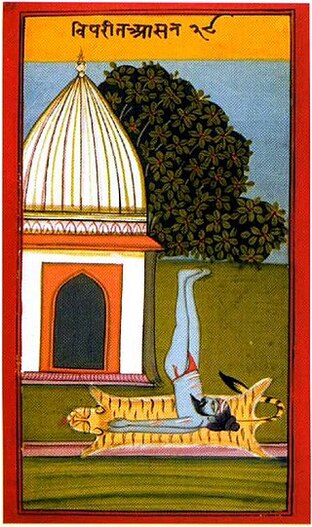 Indeed, the manuscript proves that these physically advanced poses have existed in history, but faced with the question of their relevance to a student and class today, I genuinely feel that it becomes the conviction of the teacher. As a disciple of yoga, I had practised for a decade without feeling the urge to achieve a handstand, yet when I resolved to train as a teacher, I began to feel a need to. All around me, I started noticing - in the class, on social media - the acclaimed teachers were all showcasing these highly challenging poses. So the months leading up to my training followed by the months after, I practised relentlessly, desperate to get it. Somehow I’ve convinced myself that achieving some of these inversions and arm balances were part of becoming a good teacher. 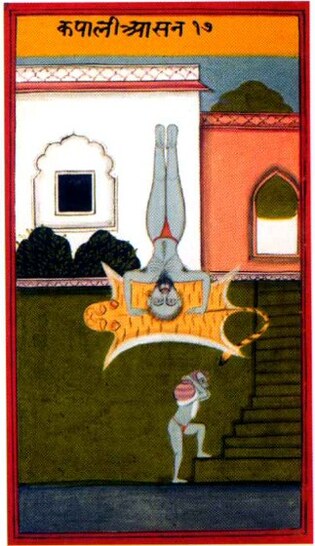 As teachers, it’s easy to get caught up with teaching asanas - the movement, alignment, form - it’s visual and tangible, which makes it accessible, even though we all appreciate and acknowledge that yoga goes beyond the pose, so there’s much more that we can draw a class's attention to, like the subtle energy or mind, body and breath awareness. During my 20 years of practice, there was a long period where I plateaued. My body had gotten so used to the asanas that it no longer requires much effort to execute or hold them. I was moving from style to style, trying different types of yoga, hoping to find that ‘yogic feeling’ again. It became this cycle where I’d get used to a practice and have to move on to the next. I can't remember when it finally fell into place, but the sensations generated from the poses, started to amplify through my consciousness - the internalised sound of my breath, the energetic shifts from my movements, a sensitivity to proprioception and spatial awareness - really noticing and feeling what’s going on inside the body, a heightened sense of interoception. This realisation that poses were just shapes and their relatively fixed but embodied by us, they come alive! We are what makes them dynamic.
Perhaps it’s all part of a journey of learning to teach, but over time, my priorities of what makes a good teacher have shifted significantly... the art of watching and listening, the ability to sense the needs of who stands before you... Teaching people, not poses. *Top 4 images from BIRCH & SINGELTON - The Yoga of the Haṭhābhyāsapaddhati ** Bottom 2 illustrations from Joga Pradipika
0 Comments
Leave a Reply. |
Hongyi the yogiFull-time yoga teacher & trainee yoga therapist in London. Eager to share, eager to learn! Archives
July 2021
Categories |

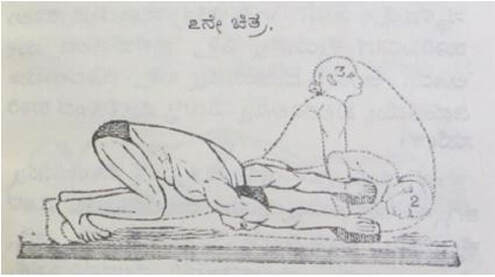
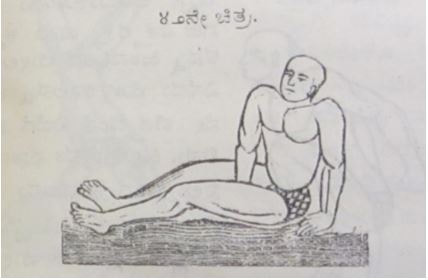
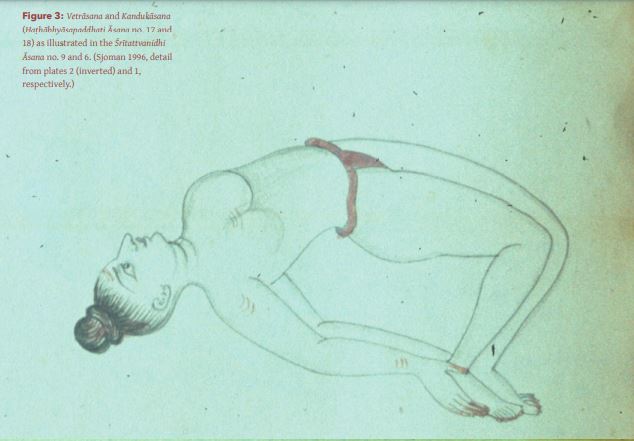
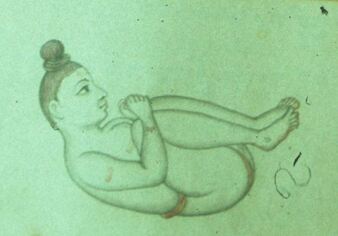
 RSS Feed
RSS Feed
